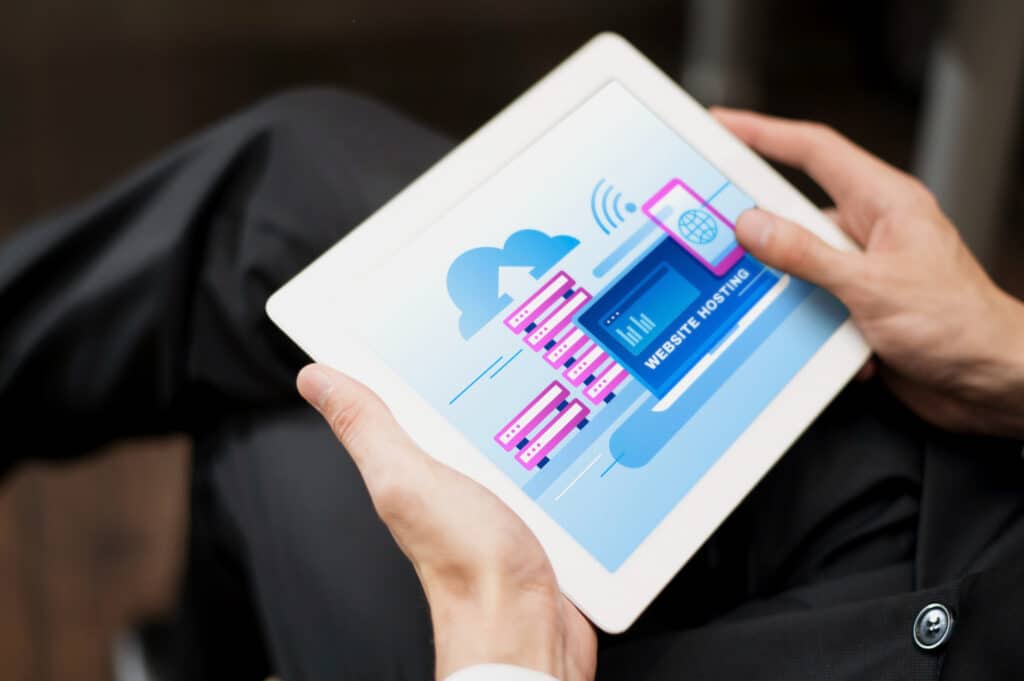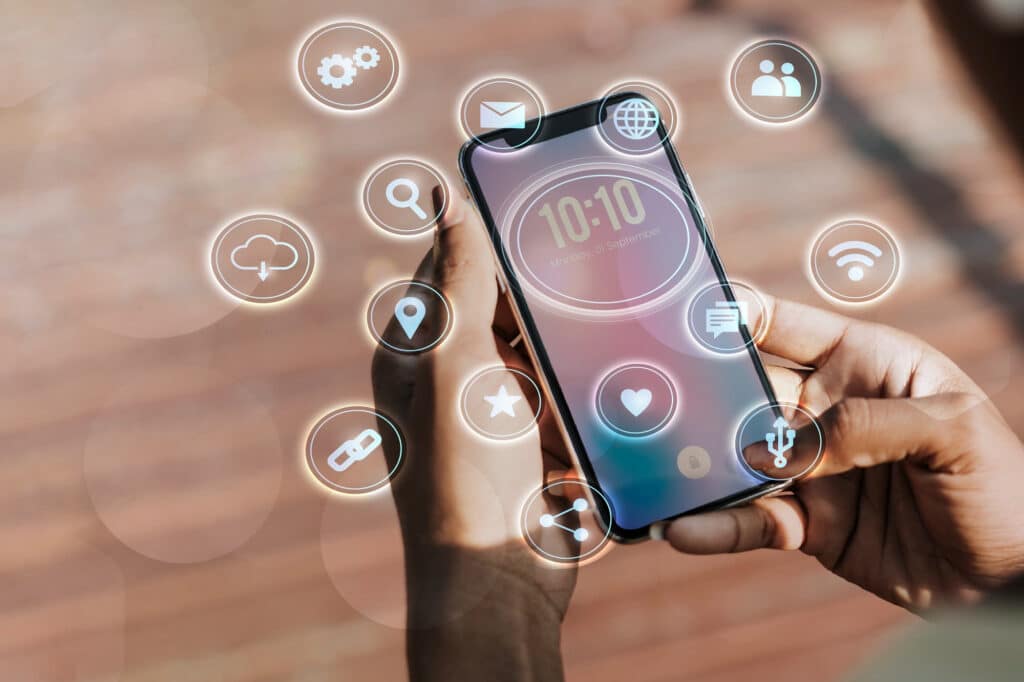What if your favorite brand could anticipate your needs before you even expressed them? What if your environment adapted to your preferences the moment you stepped into a store or opened an app? This isn’t science fiction. It’s the Internet of Things (IoT) in action—and it’s revolutionizing the way companies connect with customers.
The Rise of Personalization in a Connected World
Customer expectations have evolved. No longer satisfied with one-size-fits-all messaging or cookie-cutter services, today’s consumers crave relevance, context, and immediacy. In fact, according to a 2023 McKinsey report, 71% of consumers expect companies to deliver personalized interactions, and 76% become frustrated when this doesn’t happen.
IoT technologies offer a powerful pathway to meet these expectations. With a network of connected devices, sensors, and data platforms, businesses can gather real-time insights into user behavior, preferences, and context. That data can then fuel ultra-personalized experiences that build loyalty, increase engagement, and drive revenue.
But how does this work in practice? And what are the opportunities, risks, and best practices?
Let’s explore.
How IoT Enables Personalization
At its core, personalization requires three things:
- Data about the user
- Contextual understanding
- Real-time responsiveness
IoT delivers on all three.
Continuous Data Collection
IoT devices generate a constant stream of data. Whether it’s a smart thermostat learning temperature preferences or a wearable tracking daily steps, these devices offer granular insights into how users interact with the world. Unlike traditional analytics that rely on sporadic user input, IoT enables continuous, passive data gathering.
Context Awareness
IoT goes beyond demographics. It captures environmental cues like location, motion, time of day, and even biometric feedback. This context allows brands to tailor interactions in ways that feel natural and intuitive.
Real-Time Responsiveness
Through edge computing and 5G networks, IoT enables near-instant processing. That means businesses can deliver timely, context-sensitive experiences at scale—without relying solely on cloud-based systems.
Industry Applications of IoT Personalization
Retail: Smart Stores and Hyper-Personalized Shopping
Imagine walking into a store where your presence is detected via your phone or wearable. The lighting adjusts to your preferences, digital signage recommends products based on past purchases, and a smart mirror shows you outfits in your size.
IoT enables:
- In-store navigation using beacons
- Personalized product suggestions via RFID and purchase history
- Real-time inventory updates
- Automatic checkout using smart shelves and mobile apps
Brands like Nike and Sephora are already experimenting with IoT-powered shopping environments that blend online convenience with in-store experiences.
Hospitality: Tailored Guest Experiences
Hotels are leveraging IoT to deliver seamless, customized stays. Guests can use mobile apps to adjust room temperature, request services, or check in without ever approaching the front desk. IoT also enables proactive service—for example, sending extra towels when sensors detect a second guest in the room.
Healthcare: Patient-Centric Care
In healthcare, personalization isn’t just convenient—it can be life-saving. IoT medical devices monitor vitals, activity levels, and medication adherence. That data informs personalized care plans, early intervention alerts, and tailored health recommendations.
For chronic conditions like diabetes or heart disease, connected devices offer round-the-clock monitoring that replaces occasional doctor visits with continuous care.
Automotive: In-Car Personalization
Modern vehicles function like rolling IoT hubs. From personalized seat positions to predictive maintenance alerts, the car adapts to the driver. Vehicles can now:
- Remember driver profiles
- Suggest routes based on historical data
- Adjust audio, climate, and lighting
Automakers like Tesla and BMW are building cars that offer a truly personal driving experience.
Smart Homes: Daily Comfort and Automation
In the home, IoT personalization shines. Smart speakers, lights, thermostats, and appliances work together to create adaptive environments. Morning routines can include automatically brewing coffee, adjusting lighting, and reading out the day’s schedule.
The Technology Stack Behind Personalized IoT
To create these seamless experiences, businesses rely on a layered technology stack:
- Sensors and Devices: The data-gathering layer—thermostats, wearables, cameras, RFID tags.
- Connectivity: Wi-Fi, cellular, Bluetooth, LPWAN, and 5G to transmit data.
- Edge and Cloud Computing: For processing and storage.
- AI and ML: To analyze patterns, predict behavior, and automate decisions.
- Data Integration Platforms: That unify data from disparate sources.
- User Interfaces: Apps, voice assistants, AR displays.
Challenges and Considerations
While the possibilities are exciting, delivering personalized experiences via IoT comes with hurdles.
Privacy and Consent
IoT raises significant data privacy concerns. Gathering behavioral, biometric, and location data can quickly become invasive. Compliance with GDPR, CCPA, and similar laws requires transparency, user control, and strong data governance.
Data Security
More devices mean more endpoints for potential breaches. Ensuring secure firmware, encrypted communications, and regular updates is critical.
Interoperability
Many IoT ecosystems are siloed. Creating a seamless personalized experience requires integrating devices across platforms and vendors.
Ethical Design
There is a fine line between helpful and creepy. Brands must strike a balance between personalization and intrusion, using ethical design principles to maintain trust.
Best Practices for Delivering IoT Personalization
- Start with the Customer, Not the Tech
Don’t chase personalization for its own sake. Begin with a deep understanding of your customer’s pain points and desires. - Focus on High-Value Moments
Personalization is most effective when it solves a problem, saves time, or adds delight. Identify key touchpoints in the customer journey. - Build Trust with Transparency
Explain what data you collect, how it’s used, and let users opt in. Trust is the foundation of personalization. - Use AI to Scale Thoughtfully
AI can help personalize at scale, but quality matters more than quantity. Avoid over-automation that feels robotic. - Test and Refine Continuously
Use A/B testing and feedback loops to improve personalization efforts over time.
The Future: Hyper-Personalization and Adaptive Systems
The next phase of IoT personalization is adaptive systems that respond not only to behavior, but to emotional and cognitive states. Technologies like emotion detection, neurofeedback, and biometric sensing will add new layers of context.
We can expect:
- Smart environments that adjust based on mood or stress levels
- Wearables that recommend wellness routines based on health trends
- Vehicles that sense drowsiness and intervene to keep drivers safe
- Retail spaces that shift music, lighting, and layout based on foot traffic and demographics
Conclusion: The Personalization Imperative
The Internet of Things is not just about connecting devices. It’s about connecting people to the services, environments, and experiences that matter most to them.
Done right, personalization via IoT builds loyalty, increases satisfaction, and drives competitive advantage. But it also demands care, transparency, and a deep respect for users.
The brands that win the personalization game will be those who put the customer’s needs at the center of every design, and who use technology not to manipulate, but to empower.
Are you ready to make your customer experience smarter, more relevant, and truly connected?
Get in touch!


